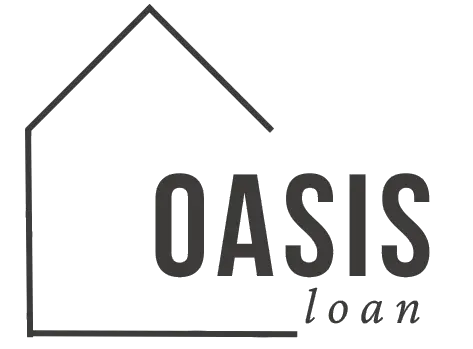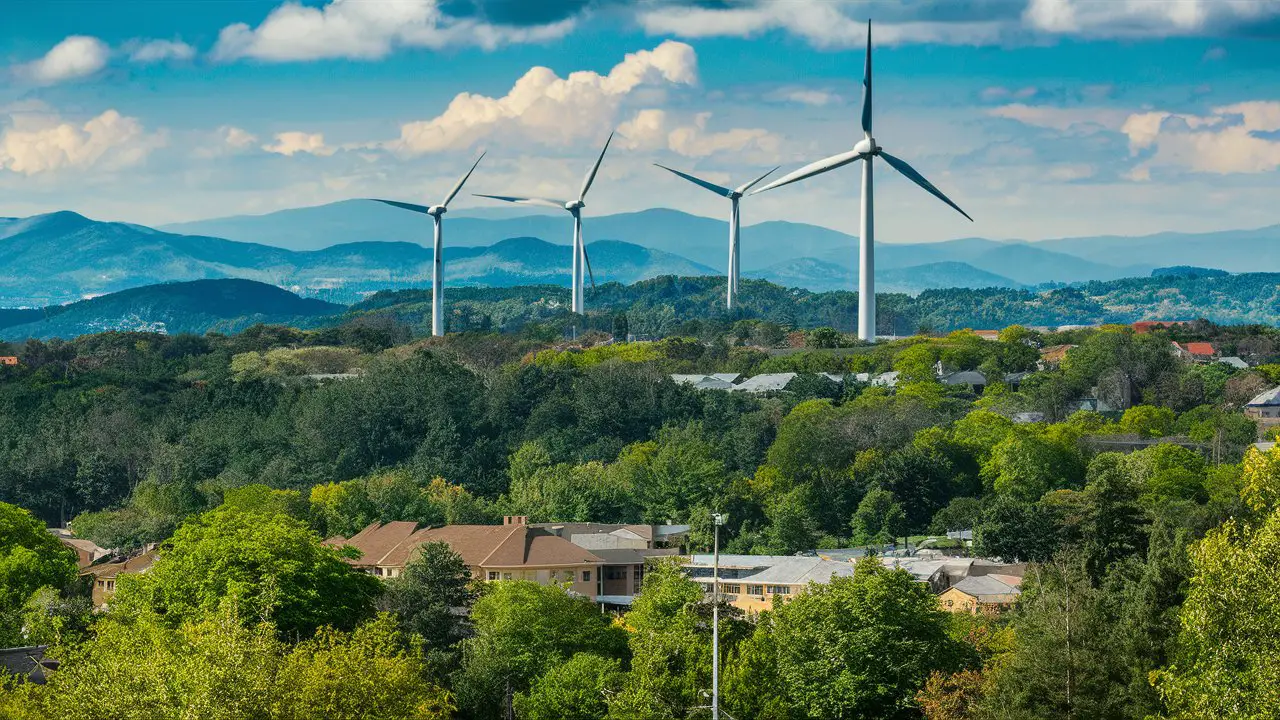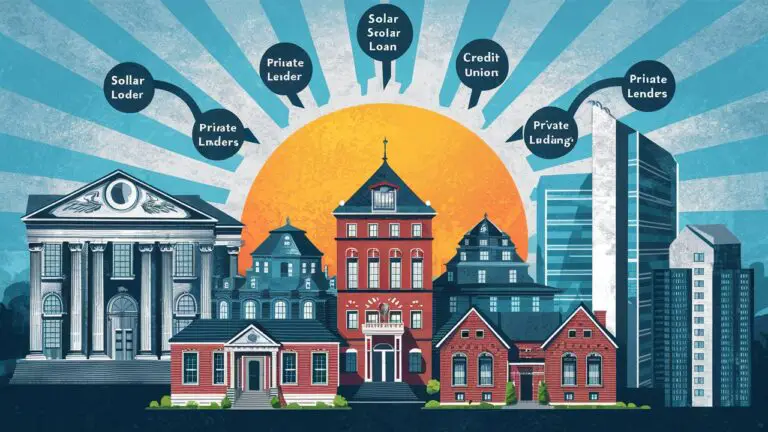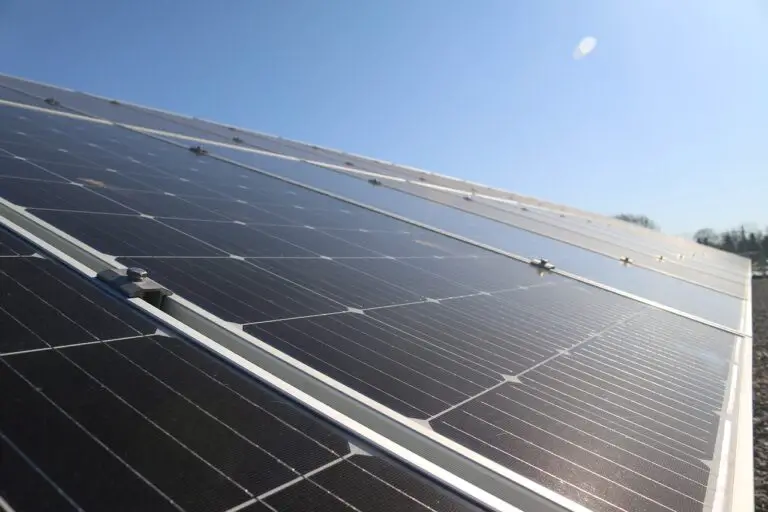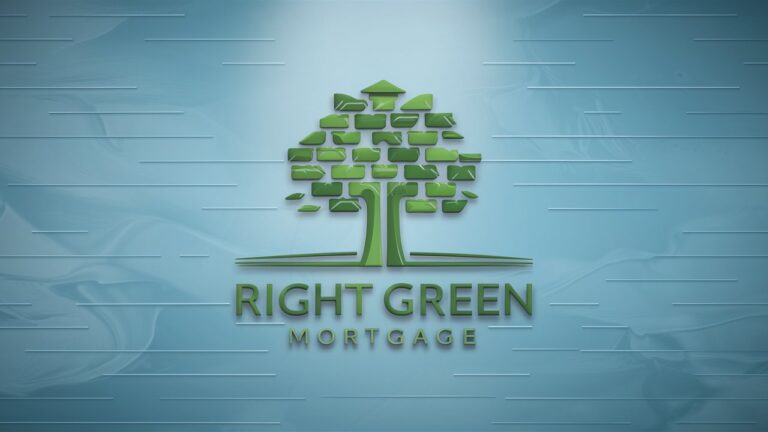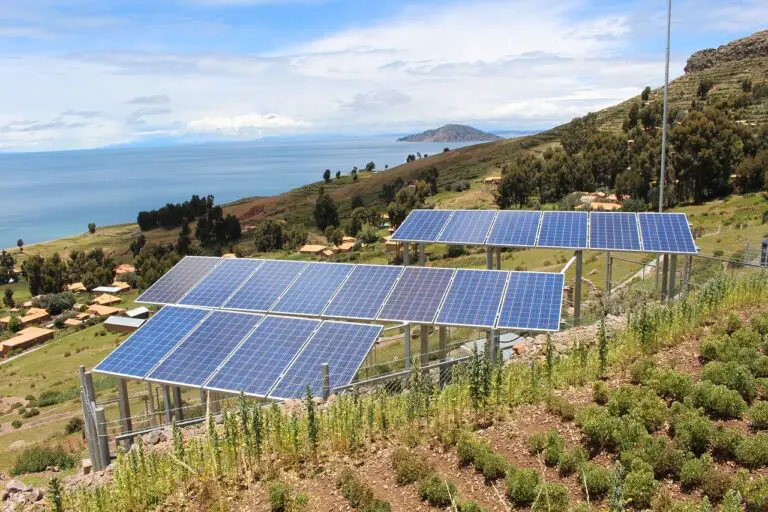Green Home Equity Loans and HELOCs
As more homeowners look to improve energy efficiency, Green Home Equity Loans and HELOCs (Home Equity Lines of Credit) are becoming popular. These financial tools allow you to leverage your home’s equity to fund eco-friendly renovations, such as installing solar panels or enhancing insulation. This article explores these options, how they work, and why they are an excellent choice for financing green home improvements.
Understanding Green Home Equity Loans
What Are Green Home Equity Loans?
Green Home Equity Loans are traditional home equity loans tailored for eco-friendly renovations. They enable homeowners to borrow against the equity in their homes to fund projects like solar panel installation, energy-efficient windows, or a smart HVAC system.
Key Features:
- Fixed Interest Rates: The interest rate is usually fixed, making your monthly payments predictable. This predictability is crucial for long-term financial planning, especially with large investments like solar panels.
- Lump Sum Payment: You receive a lump sum, which you can use immediately for your green home improvement loans. This setup allows for straightforward budgeting.
- Tax Deductions: In many cases, interest on home equity loans is tax-deductible, offering additional savings, especially if used for energy-efficient upgrades.
How Do Green Home Equity Loans Work?
Green home equity loans work by allowing you to borrow a portion of your home’s equity. For example, if your home is worth $300,000 and you owe $150,000 on your mortgage, you have $150,000 in equity. A lender may allow you to borrow up to 85% of that equity, giving you access to $127,500 for eco-friendly improvements.
Benefits of Using Home Equity Loans for Green Improvements
Eco-friendly Projects: Green home equity loans specifically cater to projects that reduce energy consumption, such as installing solar panels or upgrading to energy-efficient appliances.
Increase Home Value: Energy-efficient upgrades often increase your home’s value. Prospective buyers are increasingly interested in homes with reduced energy costs.
Lower Utility Bills: Investing in energy-efficient upgrades like solar panels can drastically reduce your utility bills, providing long-term savings.
Exploring Green HELOCs (Home Equity Lines of Credit)
What Are Green HELOCs?
A Green Home Equity Line of Credit (HELOC) is a revolving credit line based on your home’s equity, specifically designed for green home improvement loans. Unlike a home equity loan, which provides a lump sum, a HELOC works like a credit card, giving you access to a specific credit limit.
Key Features:
- Variable Interest Rates: HELOCs typically have variable interest rates, meaning your payments can fluctuate over time.
- Flexibility: You can withdraw funds as needed, making HELOCs ideal for ongoing or phased projects.
- Interest-Only Payments: During the draw period, you may only need to make interest payments, which can lower your initial costs.
How Do Green HELOCs Work?
Green HELOCs offer flexibility for eco-friendly renovations. If you’re considering multiple green projects, such as solar panel installation and new energy-efficient windows, a HELOC allows you to fund these projects over time. You only pay interest on the amount you borrow, and you can repay and borrow again as needed.
Benefits of Using HELOCs for Green Home Improvements
Lower Initial Costs: Since you can make interest-only payments during the draw period, HELOCs can be more affordable upfront.
Flexible Financing: A HELOC is ideal for phased renovations, such as installing solar panels now and upgrading insulation later.
Potential Tax Benefits: Similar to home equity loans, interest on HELOCs may be tax-deductible if used for substantial home improvements, which adds another layer of financial advantage.
Comparing Green Home Equity Loans and HELOCs
Fixed vs. Variable Interest Rates
Home Equity Loans: Offer fixed interest rates, which provide stability in monthly payments, making them suitable for homeowners who prefer predictability.
HELOCs: Typically have variable interest rates, which can lead to fluctuating payments. However, this can be beneficial if rates are low or if you need flexibility in borrowing.
Lump Sum vs. Revolving Credit
Home Equity Loans: Provide a lump sum, making them ideal for large, one-time projects like installing a solar power system.
HELOCs: Offer a revolving line of credit, giving you the flexibility to borrow as needed for ongoing or multiple green home improvements.
Best Use Cases
Home Equity Loans: Best for single, substantial projects such as purchasing and installing solar panels or replacing all windows with energy-efficient ones.
HELOCs: Better suited for homeowners planning multiple green home improvement loans over time, such as upgrading insulation and then adding solar panels later.
How to Qualify for Green Home Equity Loans and HELOCs
Assessing Your Home’s Equity
Your home’s equity is the primary factor lenders consider. A general rule is that the more equity you have, the larger the loan or credit line you can obtain. Calculate your equity by subtracting your mortgage balance from your home’s current market value.
Meeting Credit Requirements
Lenders typically require a good credit score for both home equity loans and HELOCs. A credit score of 700 or higher is generally preferred, though some lenders may accept lower scores depending on other factors such as equity and income.
Income and Debt-to-Income Ratio
Lenders assess your income and debt-to-income ratio (DTI) to ensure you can handle additional debt. A lower DTI (below 43%) increases your chances of approval and may even secure better interest rates.
The Environmental Impact of Green Home Equity Loans and HELOCs
Reducing Carbon Footprint
Green home improvements, funded by loans for solar panels or other eco-friendly projects, directly reduce your household’s carbon footprint. Transitioning to renewable energy sources or enhancing energy efficiency can have a lasting environmental impact.
Promoting Sustainable Living
By investing in green home improvement loans, you’re not only lowering your energy bills but also promoting sustainable living. This decision has a ripple effect, encouraging more homeowners to make environmentally responsible choices.
Long-Term Financial Savings
Though the upfront costs of green home improvements can be significant, the long-term financial benefits are considerable. Reduced energy bills and increased home value make green home equity loans and HELOCs a wise financial choice.
Choosing the Right Lender for Your Green Financing Needs
Research Lenders Specializing in Green Loans
Some lenders specialize in green home equity loans and HELOCs, offering better terms for eco-friendly projects. Look for lenders that understand the value of energy efficiency.
Compare Interest Rates and Terms
Interest rates and loan terms vary significantly among lenders. Always compare multiple offers to ensure you’re getting the best deal, especially when financing major projects like solar panel installations.
Review Customer Satisfaction
Look for lenders with high customer satisfaction ratings. Reviews and testimonials can provide insight into the lender’s reliability, customer service, and overall experience.
Conclusion
Green Home Equity Loans and HELOCs offer an excellent way to fund eco-friendly home improvements. Whether you’re interested in loans for solar panels or broader green home improvement loans, these financial tools provide flexibility, affordability, and long-term savings. By choosing the right option for your needs, you can enhance your home’s energy efficiency, reduce your environmental impact, and increase your property’s value. Transitioning to a greener lifestyle has never been more accessible—or financially-wise.
